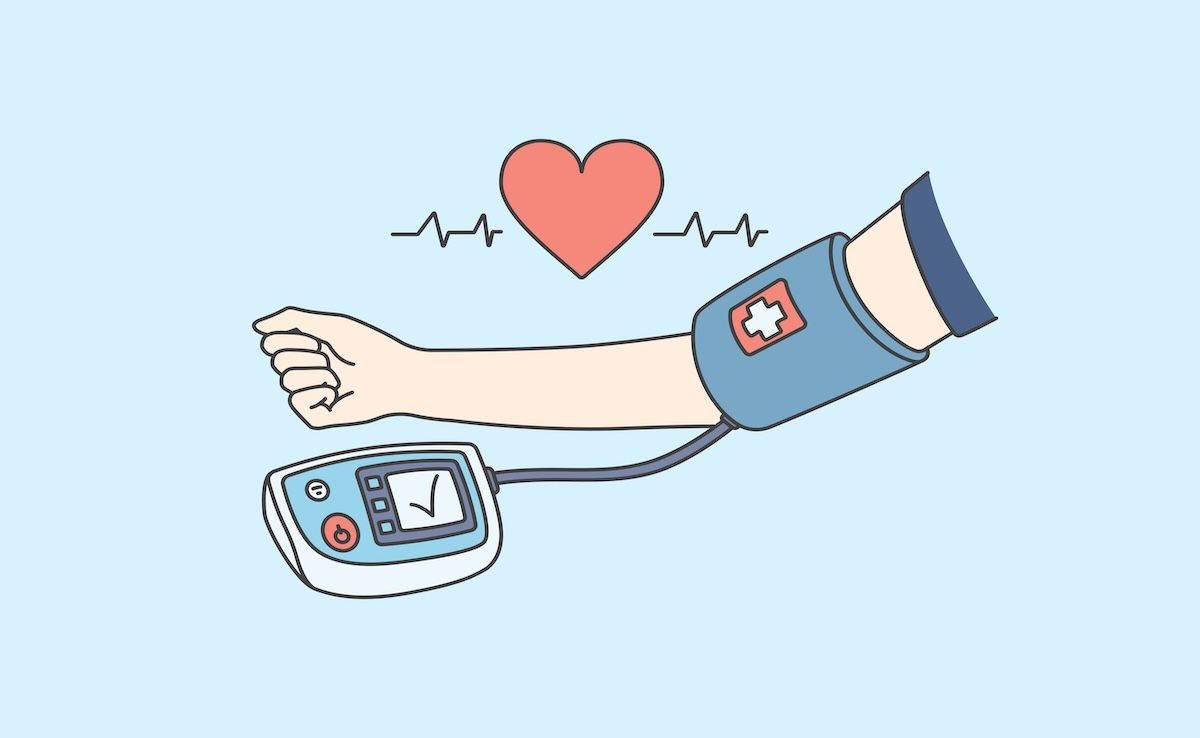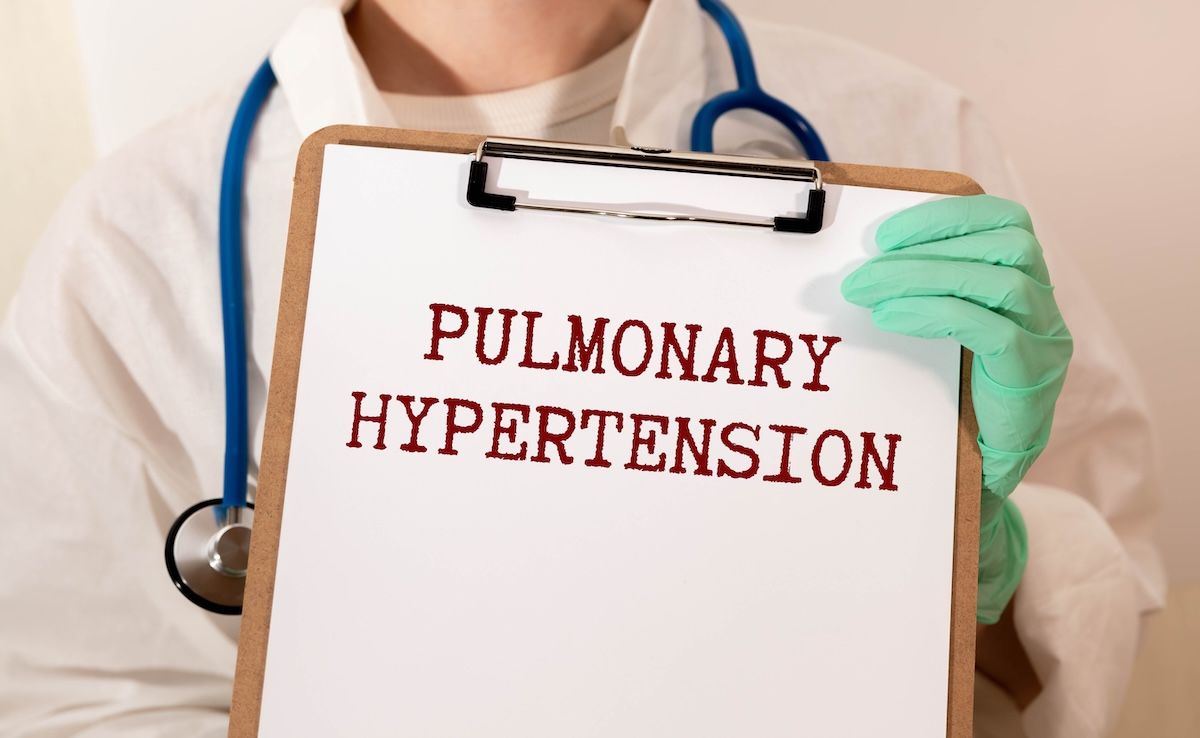Article
Temporary Treatment With IV Selexipag Is Safe for Patients With PAH
Author(s):
A temporary switch from oral to intravenous (IV) selexipag is safe and well tolerated in the treatment of pulmonary arterial hypertension (PAH).
A temporary switch from oral to intravenous (IV) selexipag (Uptravi) is safe and well tolerated in the treatment of pulmonary arterial hypertension (PAH), according to a new study of the drug.
Selexipag targets the prostacyclin pathway and is an oral IP receptor agonist. Uninterrupted treatment is important to maintain therapeutic effect and delay disease progression. However, there are times where patients may be unable to swallow, such as when they are hospitalized for elective surgery, so researchers from University Medical Center Hamburg-Eppendorf in Germany evaluated the safety and efficacy of temporarily switching patients to an IV dose.
The study, published in Respiratory Research, found that a brief switch from the oral to the corresponding IV dose was safe and tolerated without significant issues. Exposure to the active metabolic agent was comparable as well.
PAH affects arteries in the lungs and the right side of the heart. It is characterized by increased blood pressure in pulmonary circulation in addition to thickening of the pulmonary arterial wall and lesions on the blood vessels’ innermost layer. Strains of the right ventricle can lead to heart failure.
Twenty patients (16 female, 4 male) participated in the multicenter, open-label study (NCT03187678), with 15 experiencing at least 1 adverse event (AE). Eight patients experienced mild AEs, 5 had moderate AEs, and 1 had a severe episode.
Headache was the most common AE (4 patients) reported in the study, with 2 each experiencing skin redness or swelling. Most of the AEs were mild, and none persisted after resuming the oral dose. Patients also did not experience change in their ability to function and had no clinically symptomatic changes in blood pressure were.
Two patients with underlying comorbidities, however, experienced AEs after restart of the oral dose. One with a history of type 2 diabetes and cataracts developed retinal detachment and unilateral blindness. The symptoms were considered related to selexipag. Vision reportedly improved to 80% after treatment.
Another patient experienced heart failure due to a respiratory infection, but the event resolved.
The study entailed a 12-day period of treatment and observation. During the first day, patients received their oral dose at morning and at night. During the second day and on the morning of the third day, they received 3 doses of the IV version. Subsequently, patients resumed the oral dose.
Selexipag was approved for adults following the GRIPHON study. In that study, selexipag was increased until the patients’ highest tolerated dose, ranging from 200 mcg to a maximum of 1600 mcgtwice daily.
Being able to bridge short-term treatment interruptions of oral selexipag would avoid needing to begin titration again or change therapies, authors of the new study said. The IV dose of selexipag should be 12.5% higher than the oral version for comparable exposure to the active metabolic agent.
Reference
Klose H, Chin KM, Ewert R, et al. Temporarily switching from oral to intravenous selexipag in patients with pulmonary arterial hypertension: safety, tolerability, and pharmacokinetic results from an open-label, phase III study. Respir Res. Published online February 3, 2021. doi:10.1186/s12931-020-01594-8





